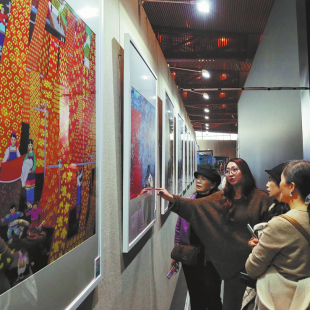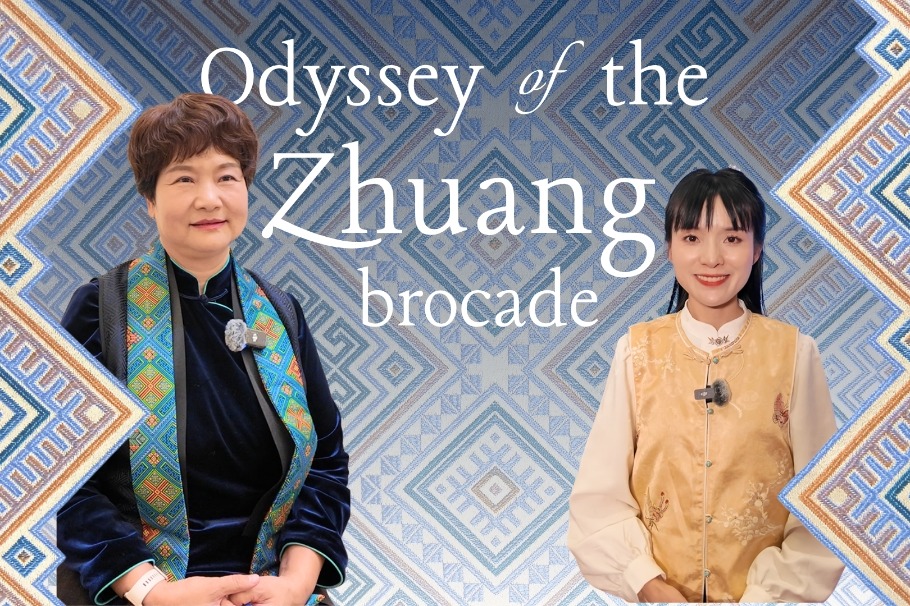Digitalization empowers China's cultural centers
Annual conference highlights the growing integration of technology into rural vitalization and how it boosts local learning and arts participation, Yang Feiyue reports.


At the digital exhibition hall of the China cultural centers' annual conference in Beijing in mid-November, a small crowd formed around a single illuminated desk.
They queued patiently for their turn at the desk, where they could practice Chinese calligraphy on the left side of the touchscreen while watching ink strokes unfurl on the right — each one appearing in perfect sync with what a teacher, standing a meter away, was writing.
The system projects a teacher's brush-strokes directly onto each learner's workspace. "It's like standing right next to the teacher," says Hou Jicen, from the Langfang public art center based in northern Hebei province.
Traditionally, calligraphy students watch the teacher from a distance, often hindered by viewing angles and limited class sizes. But the projection-based method places every stroke directly under the learner's hands, Hou explains.
The AI-assisted calligraphy experience has already transformed calligraphy education back in Langfang.
In the actual classroom, 30 such desks operate simultaneously, accommodating up to 40 learners at the same time, Hou says.
"Students can choose from different script styles — regular, clerical, running — within the same session," she adds.
Since its launch last year, the program has become the most popular offering in the center's public night education program.




































